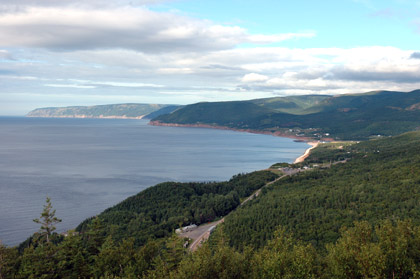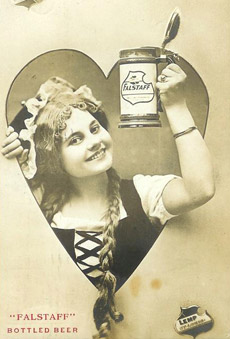
“You should have been here yesterday.”
Oooh, that can hurt.
“Too bad you can’t be here tomorrow.”
That might inflict even more pain, because sometimes it seems like there should be a way to hang around an extra day (or two more weeks if necessary).
In New Glarus, Wis., it was Dan Carey talking about a Czech-style lager they would brew the next day as part of the Unplugged Series. Triple decoction with 100% undermodified Moravian malt, Czech hops, fermented in oak, krausened at bottling . . . after more than two months of lagering.
And then showing off the new open fermenters dedicated to the production of Dancing Man Wheat (can’t youenvision the billowing wheat head?). “We’ll be brewing it tomorrow,” he said, standing in the yeast propagation room, which smelled a bit of banana. “Too bad you can’t be here tomorrow,” he said. There are those words again.
In Portland, Maine, brewmaster Jason Perkins opened a door to display the wood foder recently acquired from Bonny Doon in California. It would be put to work — you guessed it — tomorrow, filled without about 2,800 gallons of Allagash Tripel nearing the end of regular fermentation. That was to be inoculated with a grundy full of funk the brewers have been collecting. It might be two years before anybody tastes what comes of this.
Right after I mentioned some of this in a post, Sean Paxton scribbled on my Facebook wall: “How long are you on Maine? I am doing a beer dinner @ the Ebenezer’s Pub the last week of August.”
Aug. 28, as a matter of fact, the beer dinner everybody is linking to. Don’t just look at the beers being served, but the ones that Sean is cooking with. Aug. 28 will be the 100th day of our adventure.
Gotta be there, right? Not when we fly to Germany three days later. But then that excuse doesn’t earn much sympathy from you, does it?
 – Both
– Both